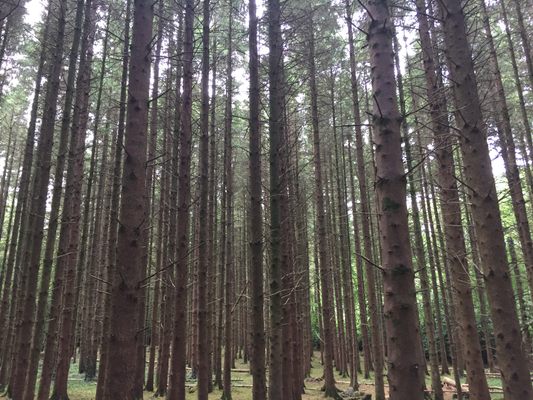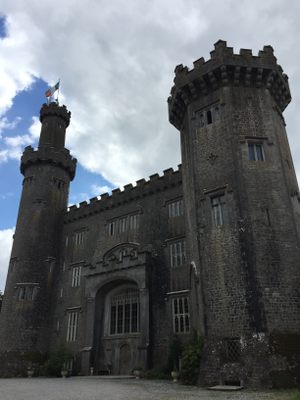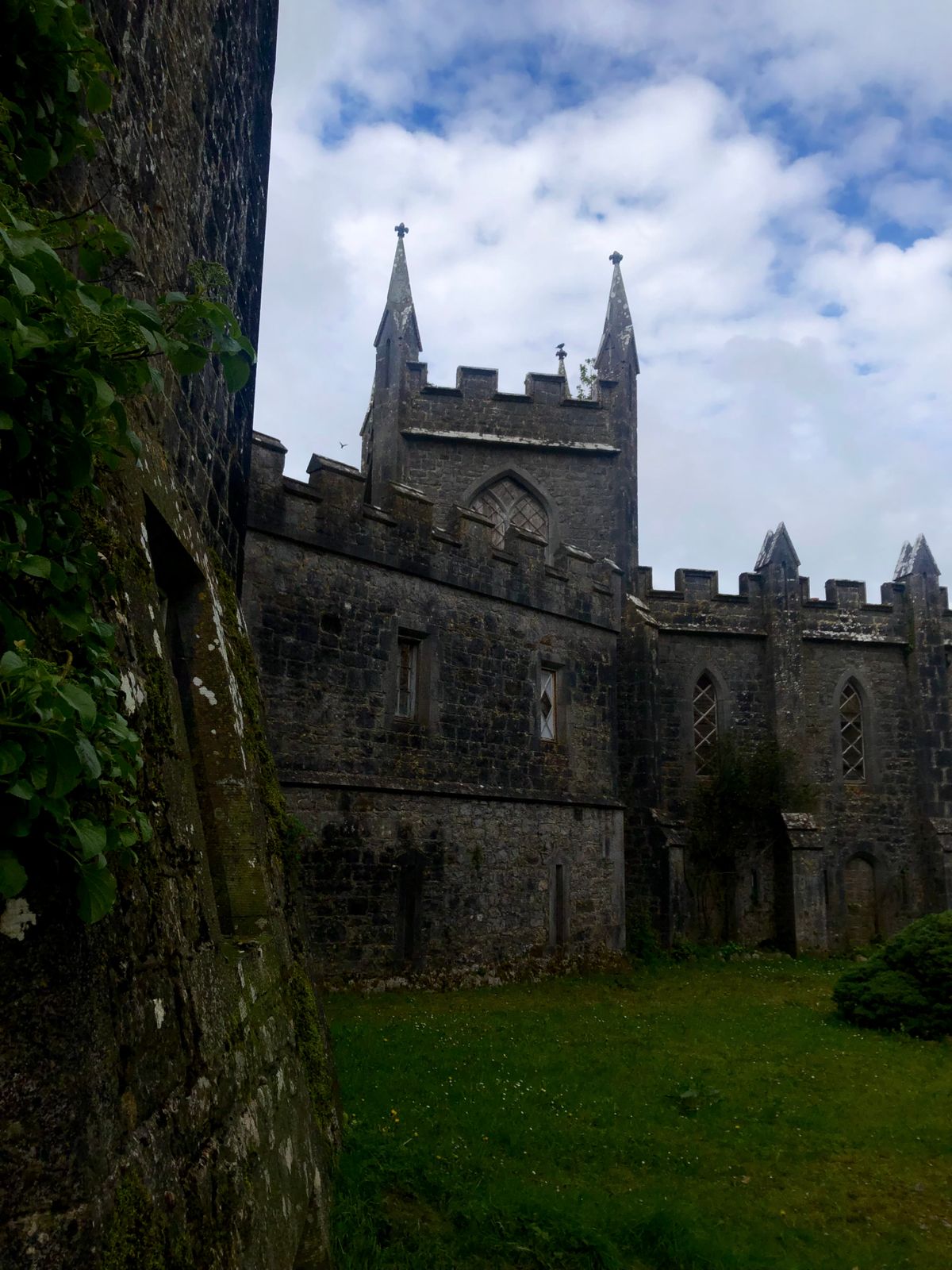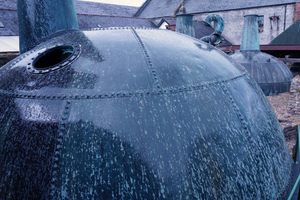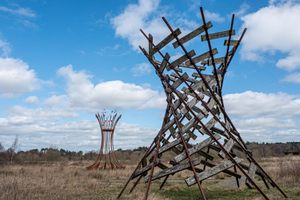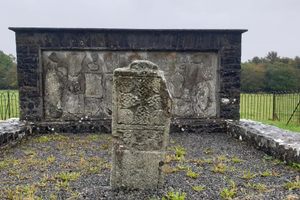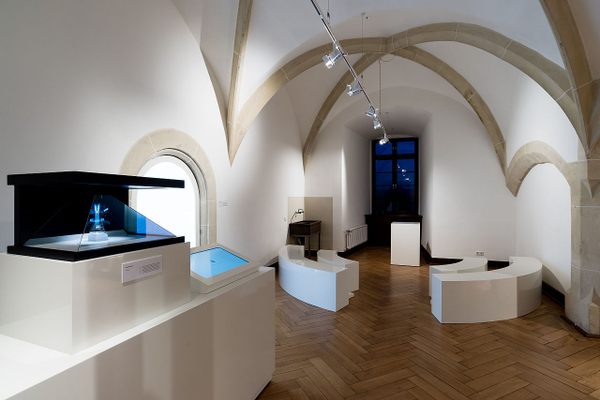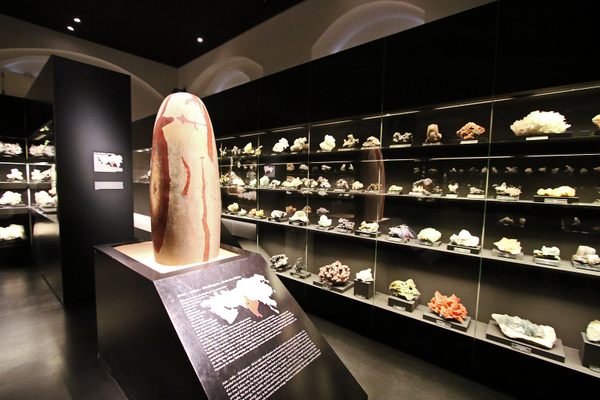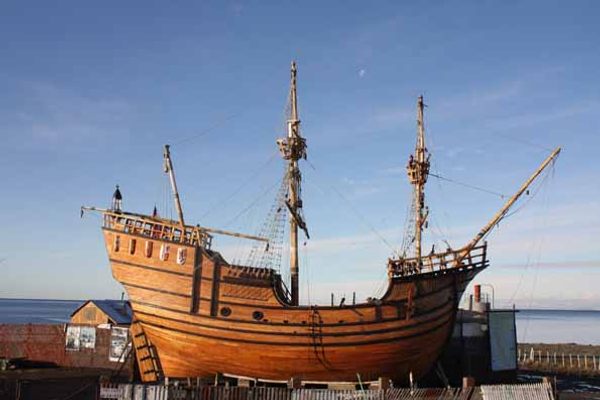About
Despite explorers having a role in creating museum collections around the world, there was no museum dedicated to the history of exploration until the Explorers Museum opened in a Gothic Irish castle.
Colonel Charles Kenneth Howard-Bury, an amateur botanist, led the 1920 Mount Everest reconnaissance expedition. He was also the last inhabitant of Charleville Castle. Fittingly, the Explorer's Museum, a nonprofit group of adventurers and scientists, hosts meetings and exhibitions in Charleville Castle. Founded in 2014, the Explorer's Museum aims to celebrate the significant contributions of exploration through exhibitions on specific expeditions and iconic and overlooked figures in history. The museum's first exhibit was dedicated to Howard-Bury himself, in homage to his life at the castle and his exploration far beyond it. The group also hosts regular meetings and events at which they discuss and plan expeditions, from deep sea dives to filming solar eclipses with drones.
Charleville Castle itself prompts exploration. Its walls once housed the likes of Lord Byron, who favored the space for raucous Romantic parties. Apart from the well-kept exhibition and museum space inside the castle proper, the rest of the estate has fallen into disrepair. The crumbling stables and other Charleville buildings are shrouded in vines, making them the perfect destination for would-be explorers. Surrounding the estate are ancient woods, believed to be the hunting grounds of druids. Here you can find a 900-year-old tree known as the "King Oak." Legend has it that if a branch falls from the tree, a member of the Bury family is soon to die. And of course, no castle is complete without its ghosts - Charleville Castle is believed to be haunted by Harriet, an 8-year-old who fell from the grand staircase to her death.
Related Tags
NEW - Discovering Ireland: Literature, Legend & Myth
Cozy pubs, dreamy landscapes, and friendly locals in Ireland.
Book NowCommunity Contributors
Added By
Published
January 19, 2014







